The home of smart buildings, smart equipment and IoT
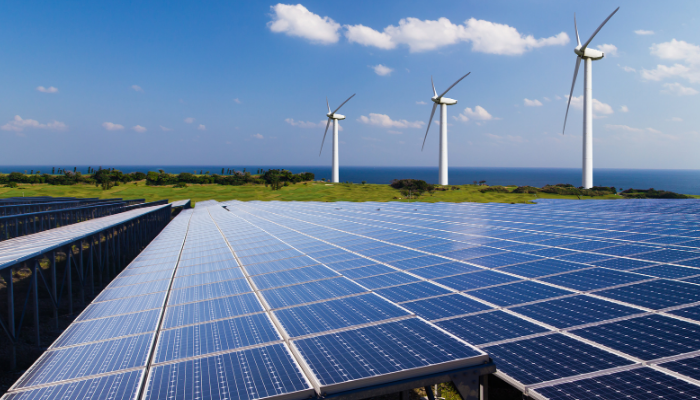
Recently, J2 Innovations was invited by the National Renewable Energy Laboratory (NREL), to participate in the Verge Conference as an opportunity to showcase our success story from their Wells Fargo Innovation Incubator (IN2) program. The conference brought together more than 3,000 leaders to Oakland, California to explore sustainability solutions and advance sustainability efforts.
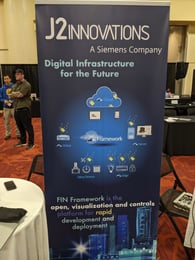 It was exciting to see the wide variety of innovative approaches to energy and digital infrastructure. With climate change looming, we all have a responsibility to seek out solutions to lower our energy footprint and move the needle forward towards a more green and sustainable world. In the buildings industry, this is critical since buildings are huge consumers of energy.
It was exciting to see the wide variety of innovative approaches to energy and digital infrastructure. With climate change looming, we all have a responsibility to seek out solutions to lower our energy footprint and move the needle forward towards a more green and sustainable world. In the buildings industry, this is critical since buildings are huge consumers of energy.
At Verge, we saw a growing number of green technology solutions that would be a perfect fit for software platforms like FIN to help bring their products to fruition. As we look to the future, here are the renewable energy trends to look out for, as well as some of the great exhibiting companies at Verge this year.
The linear economy we live in today has a predominantly throw-away mindset, where products that are no longer required end up in landfills. The life-cycle of a linear economy is make, use, and dispose of products. It is imperative that we change our mindset to a more “circular economy” where we look at the full life cycle of a product or service. In a circular economy, the idea is to keep resources in use for as long as possible by discovering ways to re-use their materials in the next product. This keeps precious resources out of landfills and forces industry makers to really think about the way they design and build products across their entire life-cycle. In a circular economy, we reduce the environmental impacts of production and disposal by reusing materials from past products to complete the cycle.
As the expansion of renewable energy sources continues apace, the need for energy storage is increasing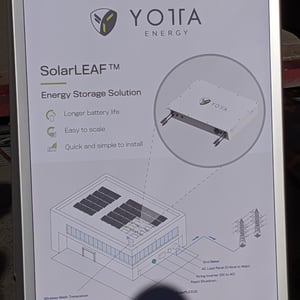 due to the intermittency of solar and wind generation. Last year, energy storage installations in the U.S. totaled 311 MW and 777 MWh, which is a huge increase from the negligible total six years ago. Energy storage is a big opportunity for the energy industry, as it helps solve the inherently intermittent, and variable nature of most renewable energy sources. There are some technologies, such as pumped-storage hydro, that have been around for a very long time, while others, such as the Ares rail storage project and Gravitricity mine storage are somewhat experimental and have an uncertain future. Meanwhile, it is Lithium-Ion battery storage technology that has grabbed most of the headlines and is by far the most widely deployed of the new breed of “smart” energy storage, although for grid-scale deployments redox flow battery technology is showing considerable promise. In 2018, more solar-plus-storage was installed worldwide than in previous years, and that number is forecasted to grow further this year.
due to the intermittency of solar and wind generation. Last year, energy storage installations in the U.S. totaled 311 MW and 777 MWh, which is a huge increase from the negligible total six years ago. Energy storage is a big opportunity for the energy industry, as it helps solve the inherently intermittent, and variable nature of most renewable energy sources. There are some technologies, such as pumped-storage hydro, that have been around for a very long time, while others, such as the Ares rail storage project and Gravitricity mine storage are somewhat experimental and have an uncertain future. Meanwhile, it is Lithium-Ion battery storage technology that has grabbed most of the headlines and is by far the most widely deployed of the new breed of “smart” energy storage, although for grid-scale deployments redox flow battery technology is showing considerable promise. In 2018, more solar-plus-storage was installed worldwide than in previous years, and that number is forecasted to grow further this year.
Yotta Energy, which was exhibiting at Verge, is one example of a company doing innovative things in the energy storage market. The company has taken a unique approach by adding micro-storage at the panel level. Through this decentralization, their technology is able to generate and store energy, instead of taking the more common centralized battery approach.
The generation of solar energy through solar photovoltaic modules has become increasingly popular as the economics have been transformed by the rapid advances in PV panel fabrication. Over the last ten years, the cost of photovoltaic cells has plummeted, and U.S. installations have grown 35-fold.
Spotlight Solar is one of the innovative solar companies showing their products at the Verge Conference. Their solar installations are designed to raise awareness of the transformative potential of renewable energy. These "aesthetic solar structures" are built to look like trees or sunflowers and are highly visible, in contrast to conventional solar panels that are typically hidden on rooftops. The structures can provide shade and be used as device charging stations, while all the time reminding people of a company’s environmental stewardship.
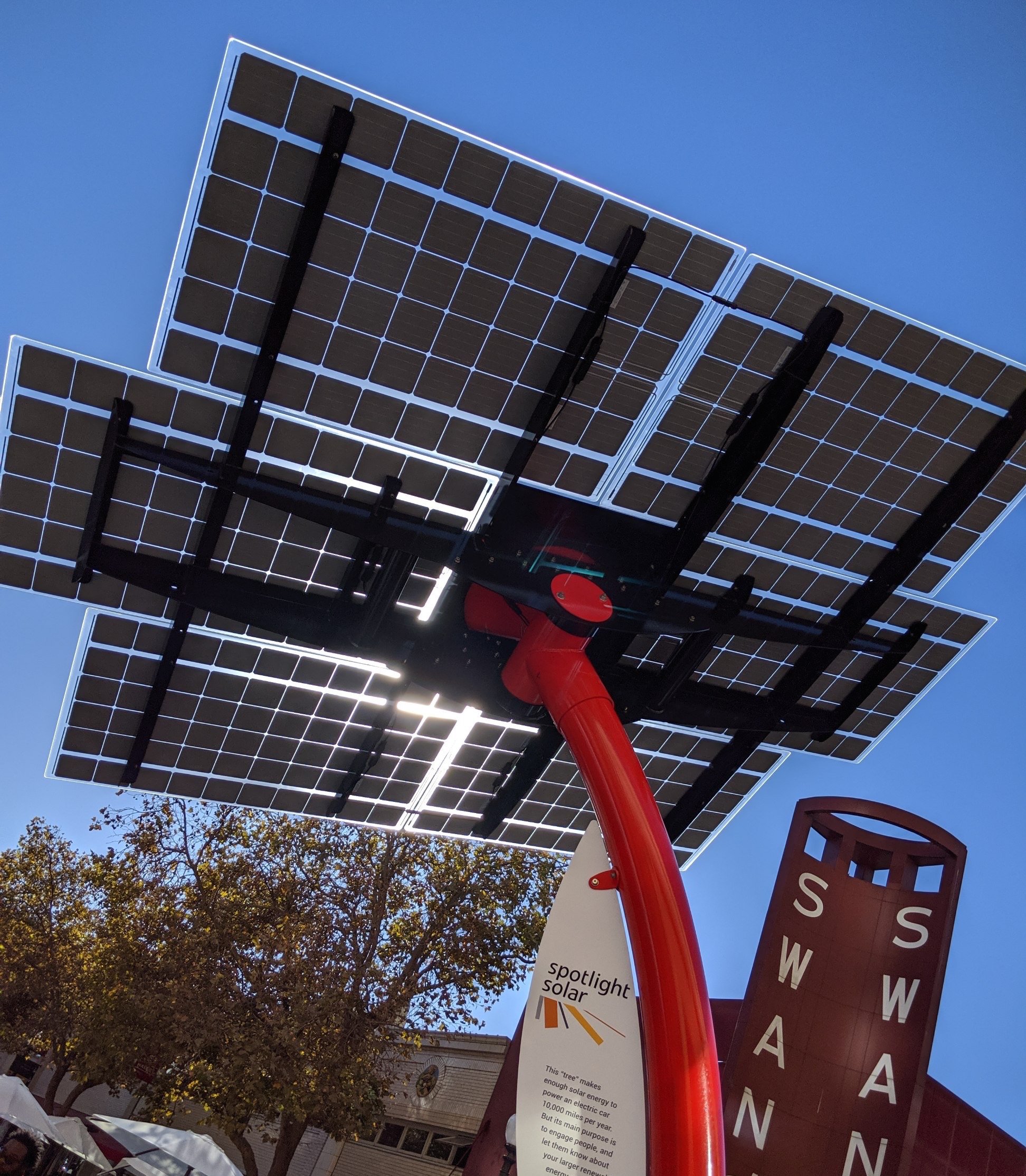
Battery-powered transportation was a big topic at Verge and it wasn’t all about cars. Electric bikes, scooters, aviation, utility vehicles, and trucks were all discussed during the conference. One manufacturer present that we found particularly interesting was DANNAR. This clean electric, battery-powered utility vehicle has been designed for municipalities and includes different attachments that can transform it from one role to another. It replaces multiple pieces of machinery that burn diesel fuel and their associated emissions.
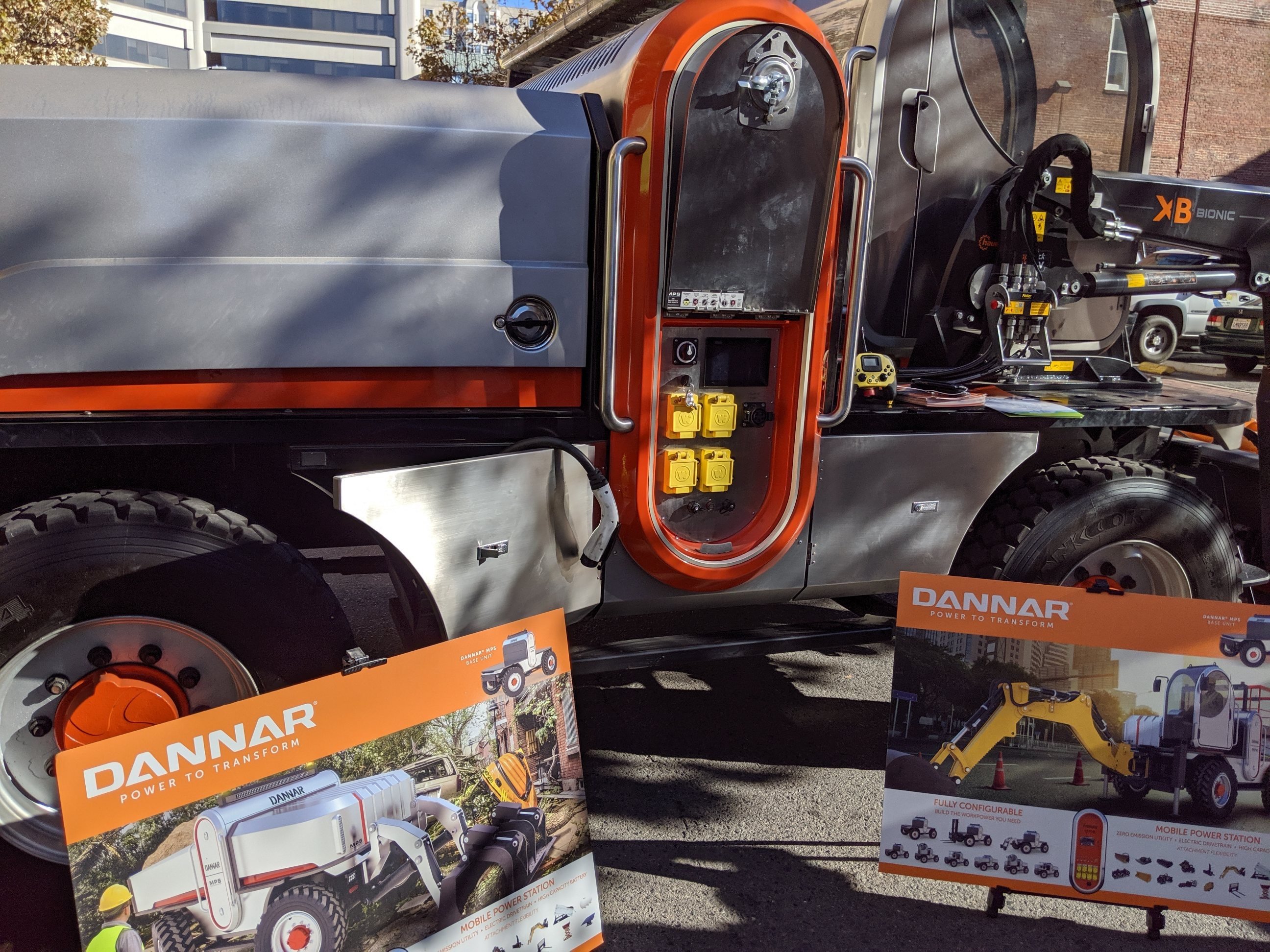
Sustainability is a growing movement that will continue to impact the building and IoT industry. Conferences like Verge help technology leaders, stakeholders, and community members get together to share ideas, collaborate, and help save the planet. The FIN Framework is well-positioned to help connect future devices, systems, and applications and empower companies that provide green solutions.
Scott joined J2 Innovations as a partner in 2011 and is now Vice President of Knowledge Excellence. He has a wide range of responsibilities, including evangelism, business development and training. Scott is well known as an industry expert in smart homes and smart buildings. He is a past president of ASHRAE, and is currently a board member for Project Haystack. Scott attended Clarkson University for Mechanical Engineering and graduated with a BS/Business in Organizational Innovation.
Topics from this blog: J2 News & Events IoT Smart Buildings Smart Equipment
Back to all posts
J2 Innovations Headquarters, 535 Anton Blvd, Suite 1200, Costa Mesa, CA 92626, USA. Tel: 909-217-7040